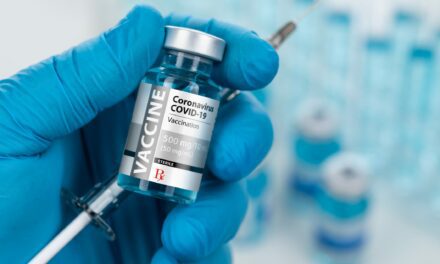At-home, self-administered high concentration inhaled nitric oxide at home to treat severe nontuberculous mycobacterial (NTM) lung disease was well tolerated with no serious adverse events, according to positive interim data from the LungFit Go pilot study reported by Beyond Air Inc.
At the time of the data cutoff, a total of 8 subjects were enrolled in the pilot study. The mean age of subjects was 56.6 years (range: 22–73 years) with the majority female (87.5%), a distribution consistent with real-world NTM disease, and occurring at a higher rate in older adult women than men. At baseline some subjects were diagnosed with more than one strain of NTM.
Interim data showed that high concentration inhaled NO was well tolerated with no study discontinuations and no treatment-related serious adverse events. All 8 subjects were successfully titrated to 250 ppm NO in the hospital setting, and none have required dose reductions during the subsequent at-home portion of the study. Methemoglobin and NO2 concentrations remained within acceptable ranges in all subjects during NO treatment, and below the safety thresholds of 10% and 5 ppm, respectively. The study continues to enroll patients, and the totality of the data will be used to evaluate efficacy measures including quality of life, physical function, and sputum bacteria as compared to baseline measurements.
“We believe these data show that safe self-administration of nitric oxide at concentrations up to 250 ppm in the home setting is now a reality. This therapeutic advance was made possible by the Beyond Air engineering team’s ability and dedication to produce the LungFit® system. We believe that LungFit® GO will ultimately offer freedom to NTM patients, and others suffering from chronic refractory severe lung infections, by allowing them to self-administer treatment in the comfort of their own homes or anywhere they choose with a standard electric outlet available,” said Steve Lisi, Chairman and Chief Executive Officer of Beyond Air. “The Beyond Air team continues to work with our Australian colleagues, who have been outstanding in a difficult COVID-19 lockdown environment, to complete this study. We are encouraged by these interim data and look forward to reporting the complete efficacy and safety results, which are expected to be announced in 2022.”









